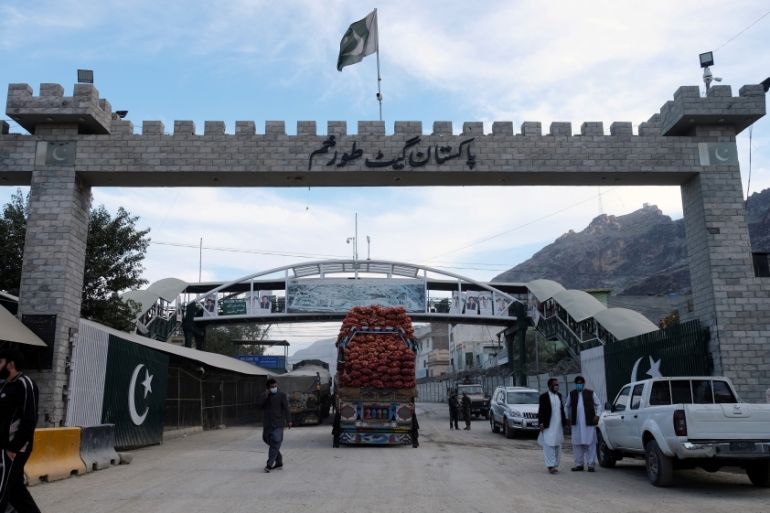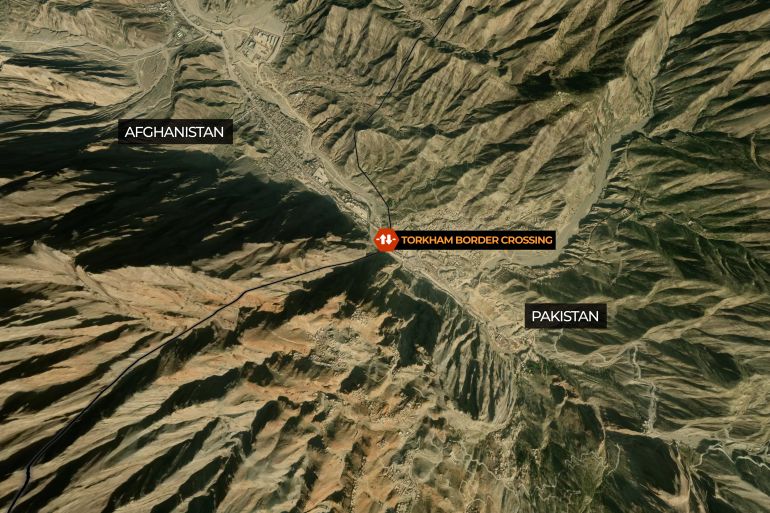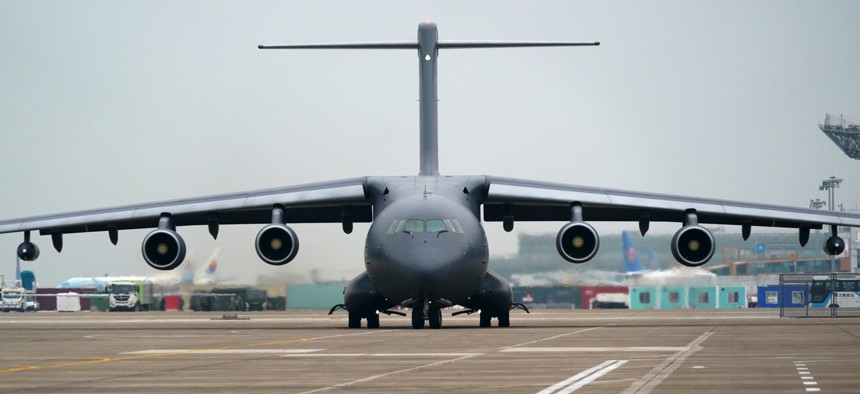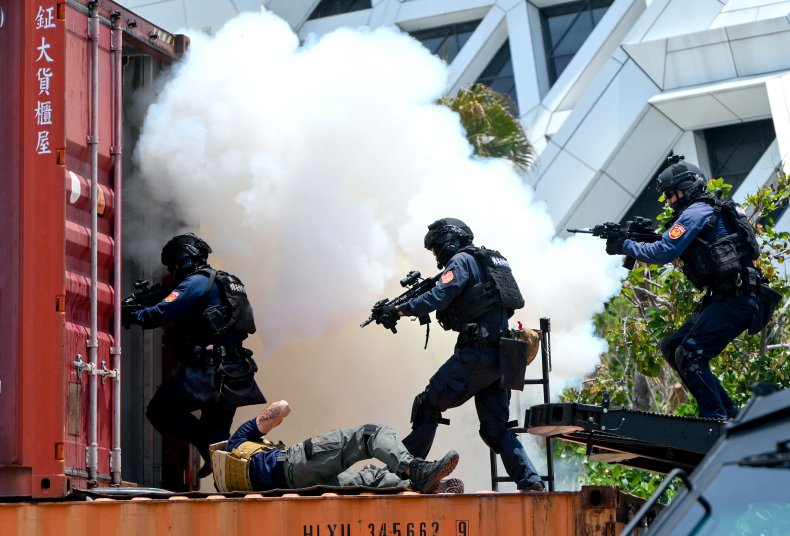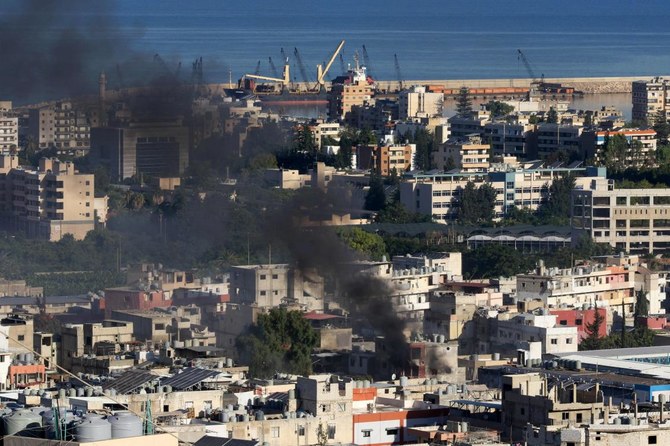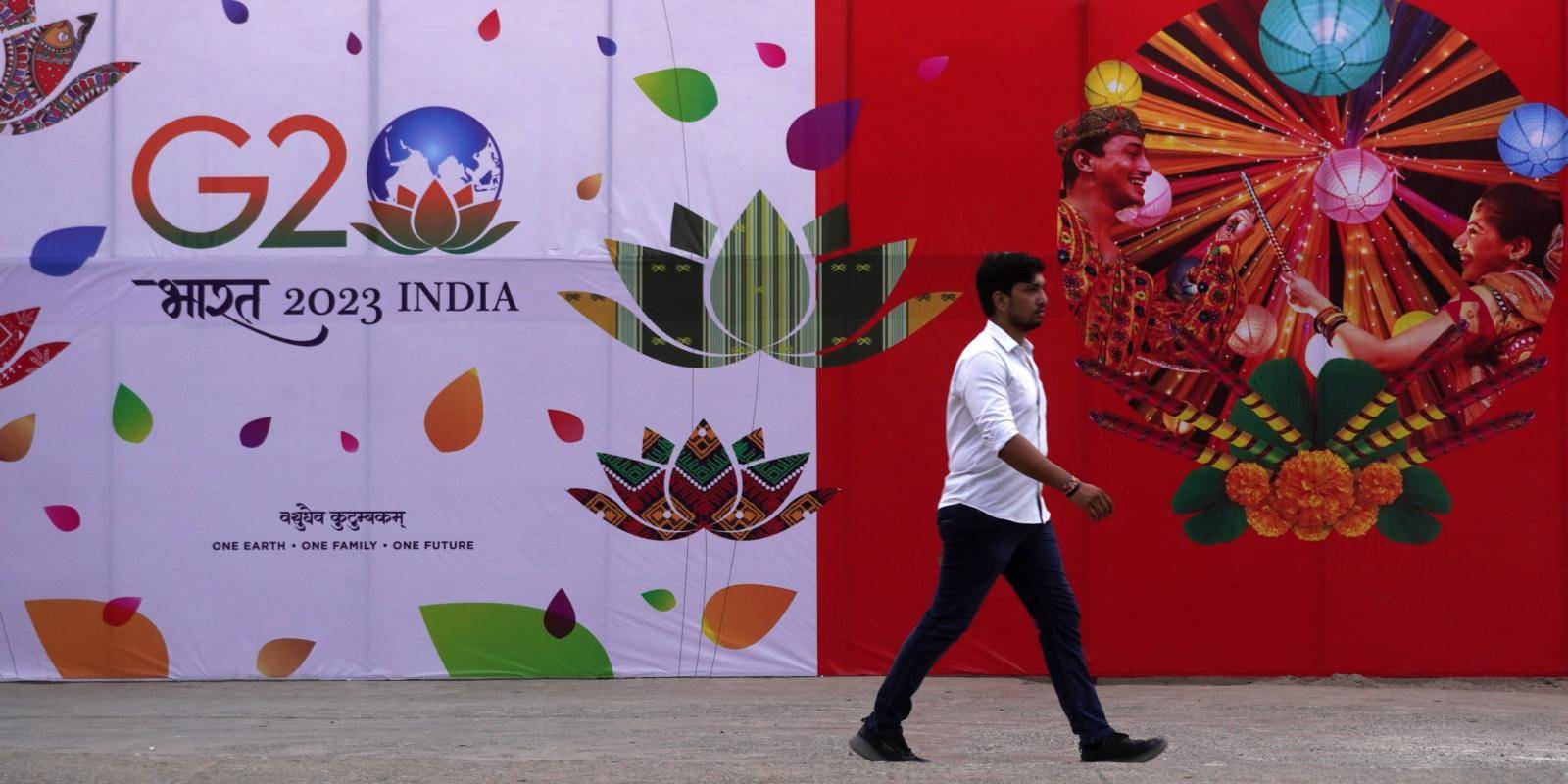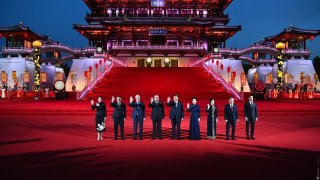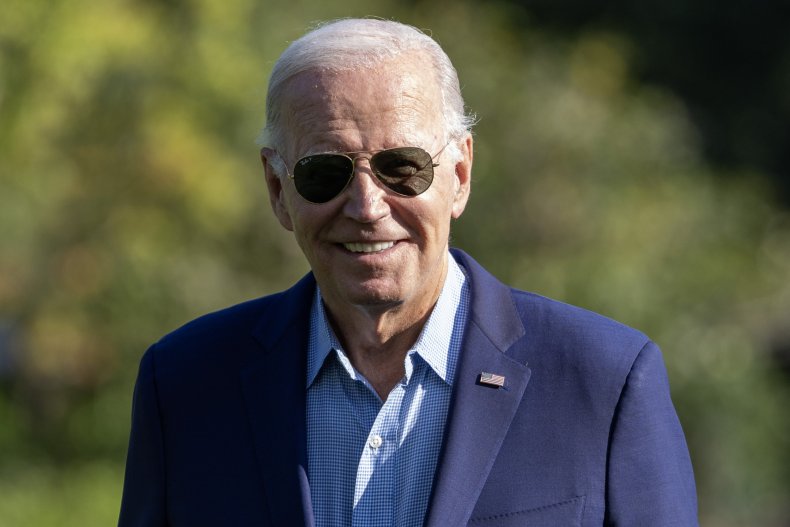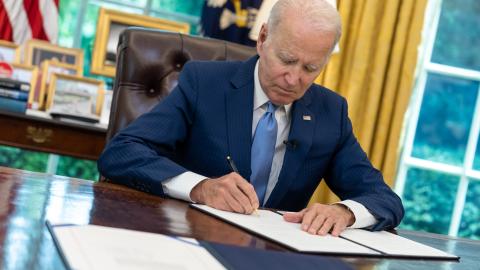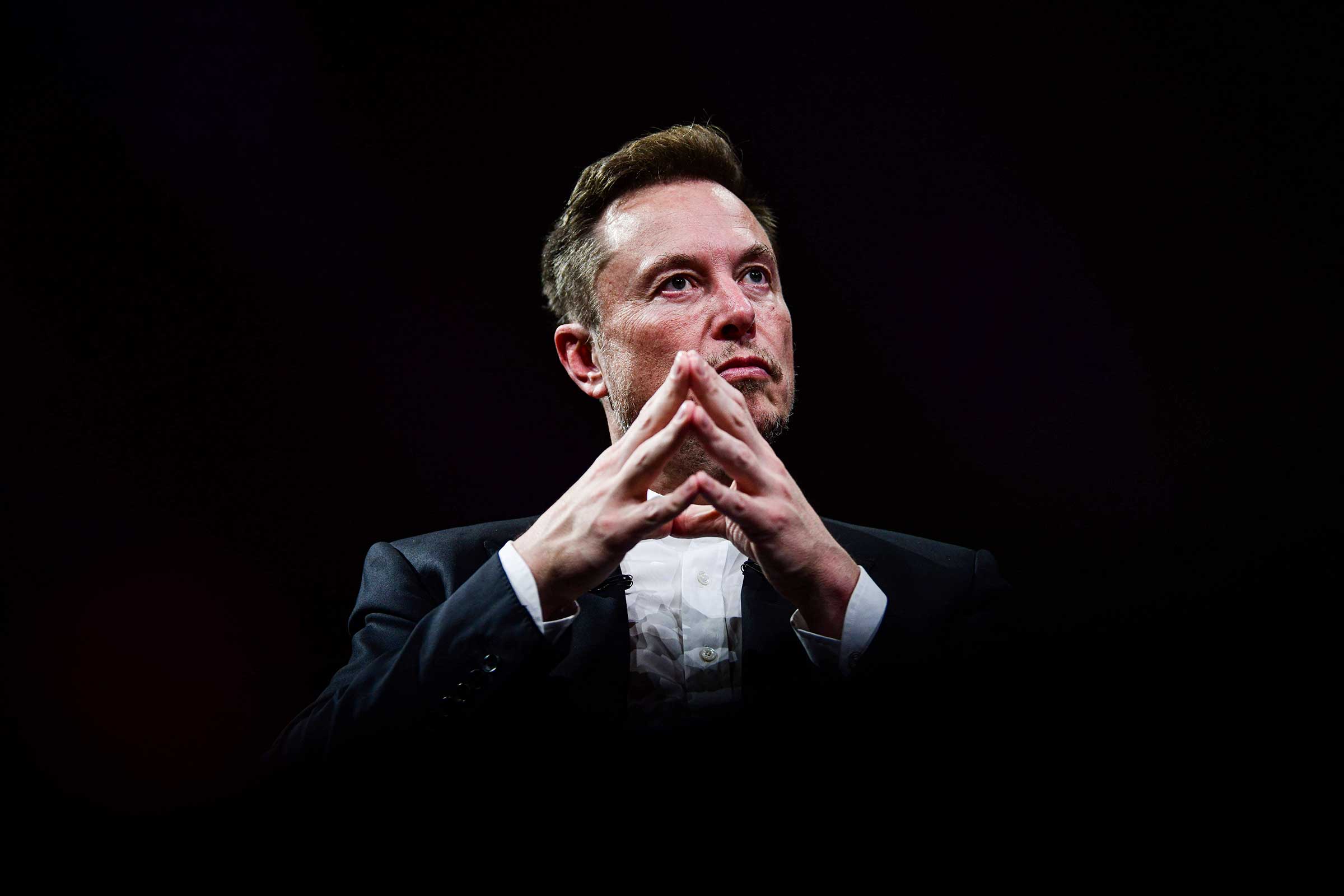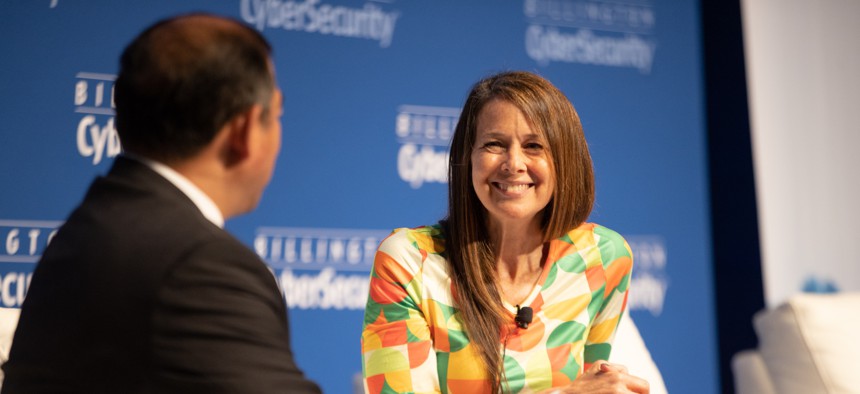NIVEDITA GANGULY
Born out of the need to provide marketing support to organic produce, Mana Manyam Producer Company (MMPC) works in collaboration with 120 organic farmers from the North coastal districts of Andhra Pradesh. Under the leadership of five organic farmers, MMPC opened its first store in November 2022 under its brand Avani Organics at Rythu Bazaar, MVP Colony. From cold pressed oils, pulses, grains, organically-grown vegetables and sustainable products, the store promotes the concept of living close to Nature, while bridging the gap between the customers and organic farmers. Today, MMPC has three more stores in different parts of Visakhapatnam. Usha Raju, one of the directors of MMPC, had been working with farmers across the region for the past 10 years, helping them shift to organic farming and defying the popular belief that chemical fertilisers guarantee better yields.
After a decade of working with the farmers, MMPC started a pilot project with the brand Avani Organics, which was supported by the Andhra Pradesh Agri Marketing Department and Rythu Sadhikara Samstha. “Before every crop season, we discuss our requirement with farmers and get the crop sown. Seeds and organic fertilisers/bio-pesticides are provided by MMPC as per the farmer’s needs. Continuous monitoring of the crop is done by the team, which includes timely feedback and training to farmers to control any kind of damage to the crop,” says Usha. At the time of harvest, crops are collected from the farmers where digital payments are made. Harvested crop is then sent to the processing centre for sorting, grading and packaging. Produce is then distributed to company-owned retail stores from the collection centre. Apart from an app which helps people get the products home-delivered, the company also runs a weekly subscription-based door delivery of fresh vegetables.
Aira Organics and Crafts House
From naturally-dyed clothes, handmade coconut shell cups and cutlery to wooden natural lacquered toys, organic food products and crafts from various art clusters of India, Aira Organics and Crafts House is the newest store in the city of all things sustainable. Located at MVP Colony, Aira is a venture of Sankalpa Art Village. Here, manjista roots, myrobalan nuts, jaggery, fenugreek seeds, rusted nails, turmeric and pomegranate peels turn into natural colouring agents.
Aira also plans to organise workshops on natural dyeing and slow living to help people transition into zero-waste lifestyle. On September 9, it will be hosting its first workshop at the store. “We are presently working with artisan clusters of Odisha that make the paralakhemundi horn toys and bamboo baskets and West Bengal’s clay painting artists. We plan to feature crafts that are unique to the remote clusters of India,” says Jameelya Akula of Aira Organics.
Grow Native
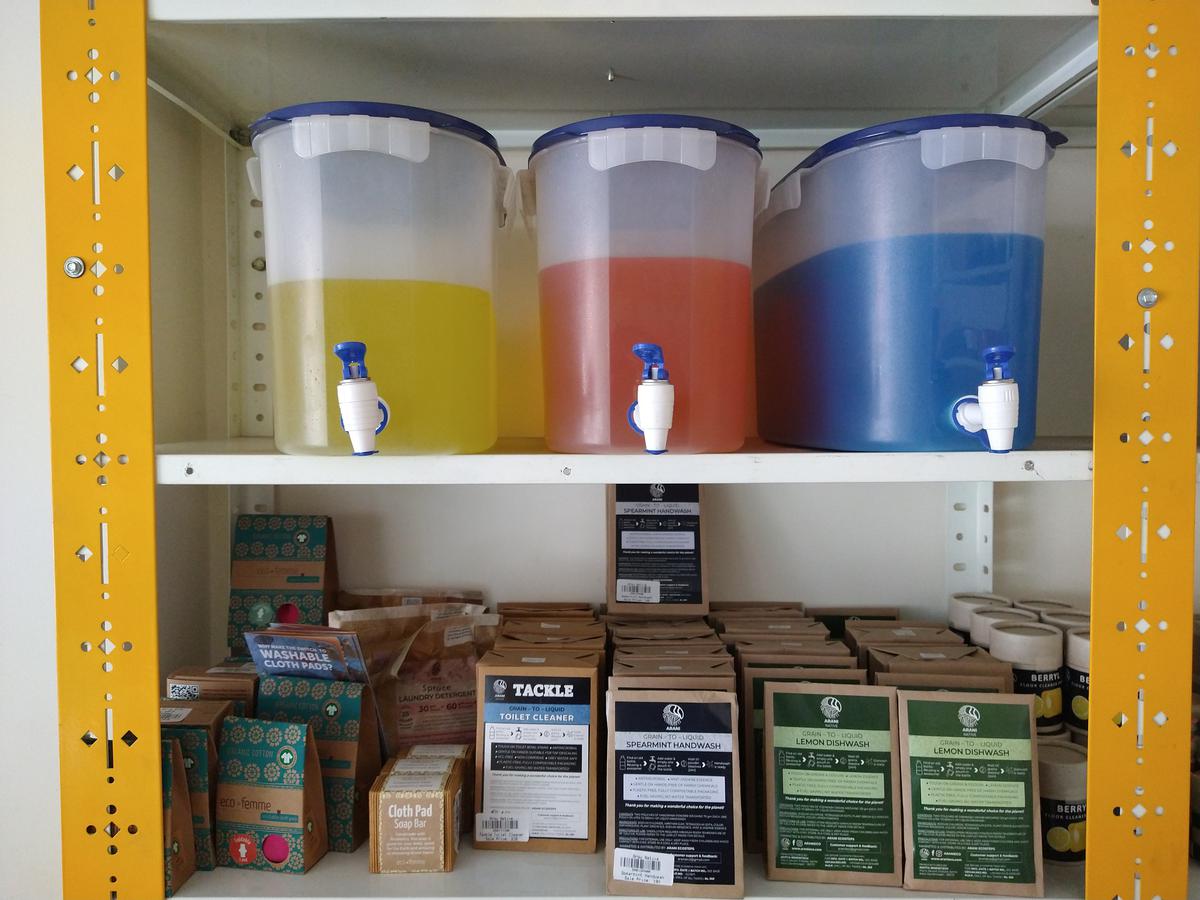
“Living a mindful life entails growing your own food, adopting a healthy and simple lifestyle and working towards better mental health,” says Anish Madeti, founder of Grow Native. He adds: “The logic behind Grow Native is straightforward. We want to bring about awareness on being mindful about consumption.” A postgraduate in Rural Management, Anish worked in the field of micro-finance and livelihoods across the country and went on to pursue courses in agro-ecology and permaculture. Rooted in his belief of promoting the concept of mindful consumption and sustainability, he began his entrepreneurial journey in March this year with Grow Native, a store located in Murli Nagar. From zero waste home care essentials and accessories, coir and palm products from Kerala, grass baskets from Uttar Pradesh, Anantapur’s leather art lamps to bio-enzyme products, reusable sanitary pads, compost bins and native seeds, Grow Native has products that support sustainability. Anish has also been conducting workshops in schools and colleges to spread awareness on waste segregation and mindful consumption.
Adrish
Stepping into Adrish takes one on a nostalgia trip to an era when simplicity ruled. Rows of glass jars stacked in racks, wooden toys reminiscent of the 80s and 90s, earthen vessels, copper ware and a vibe that promotes a zero-waste lifestyle. Adrish was started by Akshay Agarwal and Gajendra Chowdhary with its first store in Pune in 2018 and has today spread across India with its franchise model. In Visakhapatnam, the first store was launched in April this year at Murli Nagar. “I was passionate about bringing into practice what I always believed in - sustainable living. Cautious buying, mindful consumption and choosing healthy options were always on my mind. The philosophy of Adrish appealed to me and I decided to take up the venture,” says Pramila Deepthi, the franchise owner of the Visakhapatnam store.
Adrish discourages the use of plastics at the primary level. It follows a zero-waste buying experience where products are not stored or sold in plastic. Customers need to bring their own bags or containers to purchase goods; and if one forgets to carry a bag, the store will provide one. The store sources organic products from 8,000 farmers across India, who follow slow process production practices.
